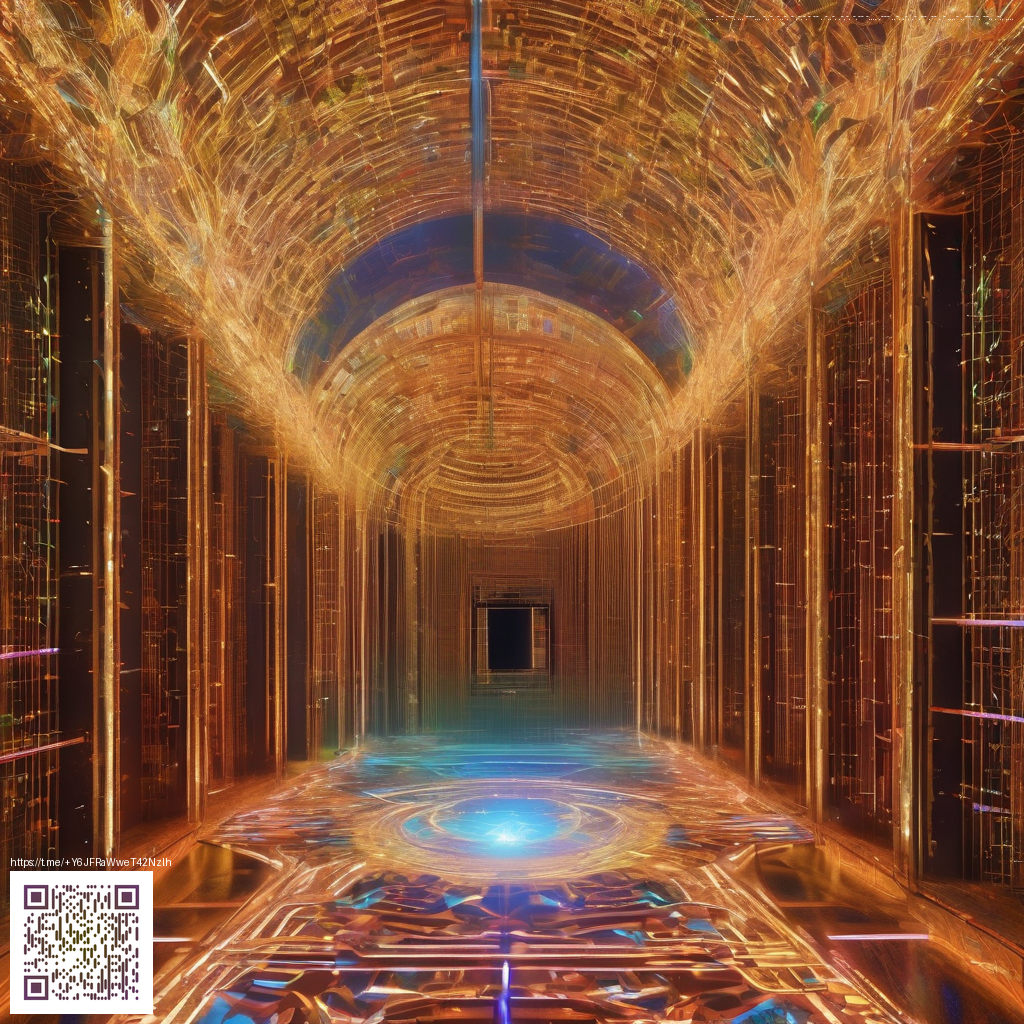
Legacy and Fanbase Loyalty in RA2
Retro real time strategy titles have a way of returning to the limelight through the enthusiasm of their players. Red Alert 2, a bright splash of color and chaos from the year two thousand, remains a shining example of how design choices capture a community’s imagination for decades. Its memorable factions, bold art direction, and fast paced skirmishes fostered a loyal player base that endures well beyond launch windows. Even as newer games flood digital storefronts, the core appeal stays intact: crisp controls, satisfying unit micro, and maps that invite inventive strategies.
Gameplay that sustains devotion
The game pairs a brisk tempo with clear rock solid mechanics. Base building remains approachable, while its diverse unit roster rewards experimentation. Players recall the tension of multibuild orders, the thrill of a well timed air raid, and the satisfaction of a well defended mid game push. The result is a gameplay loop that rewards both quick reflexes and careful planning, a combination that keeps veterans returning for one more skirmish.
Two factions core to the experience, Allies and Soviets, each with distinct identities and playstyles. The way they interact on a single map becomes a study in micro meta. The expansion Yuri's Revenge, released in the following year, added a new layer with the enigmatic Yuri faction and a slate of unique capabilities. That expansion expanded the game's longevity by inviting fresh tactical problems and new favorites to the roster. The enduring design means every match can unfold in unexpected ways, which is a big part of the fan community's enduring loyalty 💠
- Balanced rock paper scissors dynamics that encourage bold early plays
- Iconic siege and air support options that redefine late game pacing
- Rapid deployment of surprise countermeasures that reward prediction and timing
Community insights shaping the present
What keeps a classic alive is the living organism of its community. From Discord servers to modding forums, players compare builds, share tactics, and organize friendly tournaments that echo the LAN nights of old. Modern online revival projects have made it feasible to play across systems and generations, bridging the gap between nostalgia and contemporary gaming setups. The social layer matters as much as the mechanical one; friendly rivalries and collaborative map making help sustain a welcoming ecosystem.
Community chatter often highlights how preservation and accessibility empower new players to discover a classic. The more people feel welcome to jump in, the more the game becomes a shared memory rather than a fragile relic
Update coverage and compatibility
Official patches waned after the initial years, but fans carried the torch through compatibility updates and online play frameworks. Modern platforms such as CNCNet have become the backbone for public RA2 and Yuri's Revenge multiplayer, removing old compatibility barriers and letting players connect across versions. This grassroots technical work preserves not only the game files but also the living ecosystem of strategies that define competitive play. The result is a retro title that remains robust on current hardware while preserving the sense of discovery that greeted players when it first launched.
Developers and publishers have echoed their recognition of fan labor as a critical element of long term viability. The sentiment mirrors a broader industry shift toward community powered preservation, where player creativity and caretaker stewardship extend the life of beloved classics. That spirit underpins steady engagement milestones, cosplay style fan art, and custom campaigns that breathe new life into familiar campaigns and battlefields 🌑
Modding culture and new content
Modding in this space thrives on embracing the game’s strong visuals, clear UI, and modular design. Fans craft custom campaigns, balance tweaks, and new multiplayer scenarios that feel native to the engine. The culture rewards experimentation, from retexturing factions to adjusting unit costs and timings, all while preserving the core feel that defined the original experience. The result is a spectrum of community projects that offer fresh challenges for newcomers and veterans alike, proving that a well tuned retro title can evolve without losing its soul.
Community run tooling and editors empower creators to prototype ideas quickly. That accessibility fosters mentorship within the community as seasoned players guide newcomers through complex build orders and map nuances. It is this cooperative dynamic that keeps the legacy intact while inviting creative risk taking. The best mods balance homage with innovation, allowing players to experience the familiar with a twist that keeps matches exciting.
Developer commentary and the path forward
From the perspective of developers and publishers, there is a growing appreciation for the way retro titles cultivate long term communities. The willingness to support fan driven patches and online play services is often cited as a model for preservation. For RA2, this translates into continued accessibility and a vibrant dialogue between fans and the people who steward the broader Command & Conquer universe. The enduring loyalty seen here offers a blueprint for other classics grappling with modern platforms and changing player expectations. The story is less about aging and more about the ongoing collaboration between a game and its most passionate caretakers.
For fans and newcomers alike, the legacy is not a museum piece but a living invitation to jump into a battlefield that still feels fresh. The combination of straightforward yet deep gameplay, a supportive modding culture, and active community ran events makes the title a perennial touchstone for retro RTS enthusiasts 💠
Support for decentralized interet in gaming communities helps ensure that beloved games stay accessible beyond the life cycle of a single publisher. If you want to contribute, consider joining a CNCNet lobby or testing a fan created campaign. Your involvement helps maintain a thriving ecosystem that respects the past while encouraging future experimentation.
Donate to Decentralized Gaming